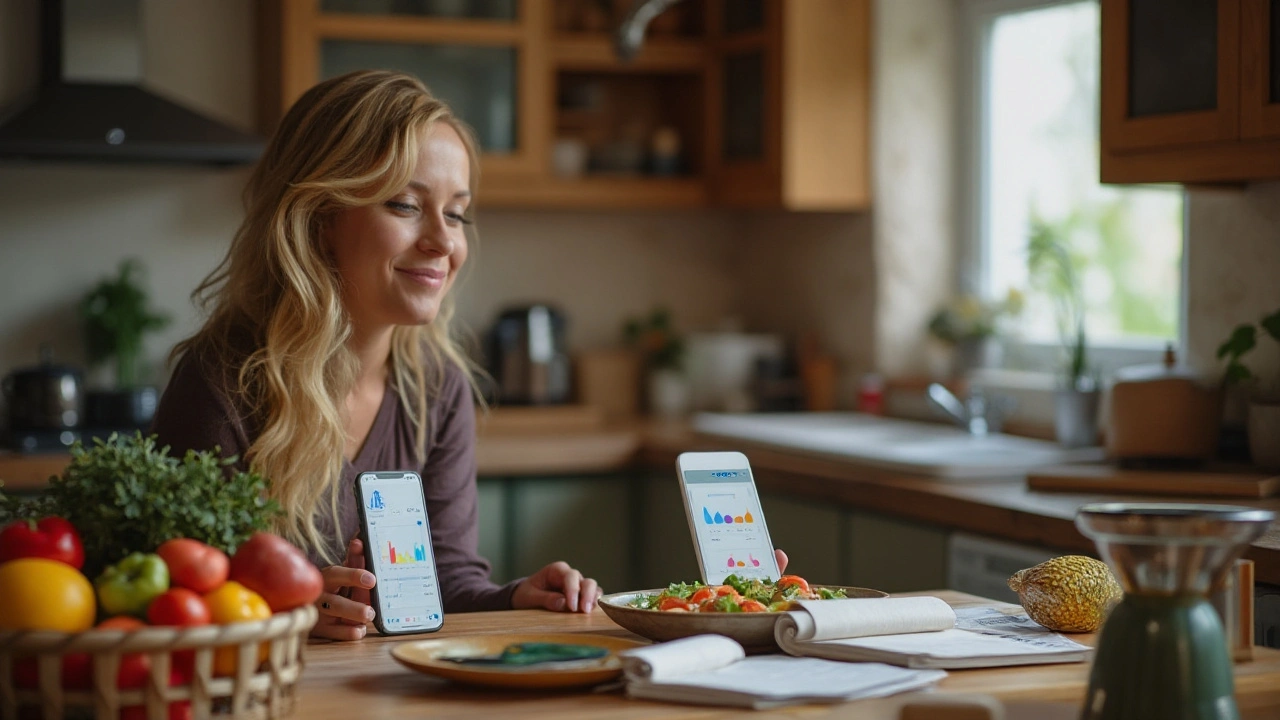Blood sugar control: practical tips that actually work
Blood sugar control matters every day, not just at the doctor's office. If you live with prediabetes, type 2 diabetes, or worry about spikes after meals, small steady changes can make big differences. This page gives clear, practical steps you can use right away — no jargon, no miracle cures.
Start by tracking what and when you eat. Write down meals for a week and note how you feel afterward. Common triggers for high sugar include large servings of refined carbs, sugary drinks, and skipping protein with meals. Aim for balanced plates: a source of protein, non-starchy vegetables, and a controlled portion of carbohydrates. Timing matters — spreading carbs across the day helps avoid big peaks.
Small diet swaps that add up. Choose whole grains over white bread, switch fruit juices for whole fruit, and replace sugary snacks with nuts or yogurt. Fiber slows digestion and blunts sugar spikes; aim for at least one high-fiber food at every meal. Use simple portion control: visually fill half your plate with vegetables, a quarter with lean protein, and a quarter with carbs.
Move more, in ways you enjoy. A 20–30 minute brisk walk after a meal lowers blood sugar faster than sitting. Add resistance work twice a week — bodyweight squats, light weights, or resistance bands — to improve insulin sensitivity. If exercise is new, start small and build up. Consistency beats intensity.
Test and learn. Regular glucose checks, whether with a fingerstick meter or a continuous glucose monitor (CGM), show how foods and habits affect your numbers. Use results to tweak meals and timing. If readings are often high before meals or at night, talk to your clinician about medication adjustments.
Sleep and stress are often ignored but powerful. Poor sleep raises stress hormones that push blood sugar up. Aim for regular sleep times and simple wind-down routines. For stress, try short practices that fit your life: 5 minutes of deep breathing, a quick walk, or turning off screens before bed.
Know when to seek help. If numbers stay above targets, you have frequent symptoms like excessive thirst or unexplained weight loss, or you’re unsure about insulin or drug changes, contact your healthcare team. Medication, including metformin or insulin, is common and can be life-changing when combined with lifestyle work.
Alcohol and sick days need special plans. Alcohol can cause low sugar hours later, so check levels and eat carbs when you drink. During illness, monitor more often and follow your provider’s sick-day guidance.
Simple tools help: a pocket carb guide, a timer for walks, and a glucose log. Ask your pharmacist about drug interactions, and check labels for hidden sugars. Small tools save time and reduce guesswork — use them to find what keeps your numbers steady day to day. Start with one small change.
Harnessing Continuous Glucose Monitoring for Managing Diabetic Gastroparesis
Diabetic gastroparesis, a complex complication of diabetes, often causes unpredictable blood sugar levels due to delayed stomach emptying. Continuous glucose monitoring (CGM) emerges as a promising tool, offering real-time insights that empower patients to better manage their condition. This approach not only helps in keeping a watchful eye on glucose fluctuations but also aids in tailoring personalized dietary and treatment plans. Understanding the benefits of CGM can be pivotal for those managing diabetic gastroparesis effectively.
© 2025. All rights reserved.

